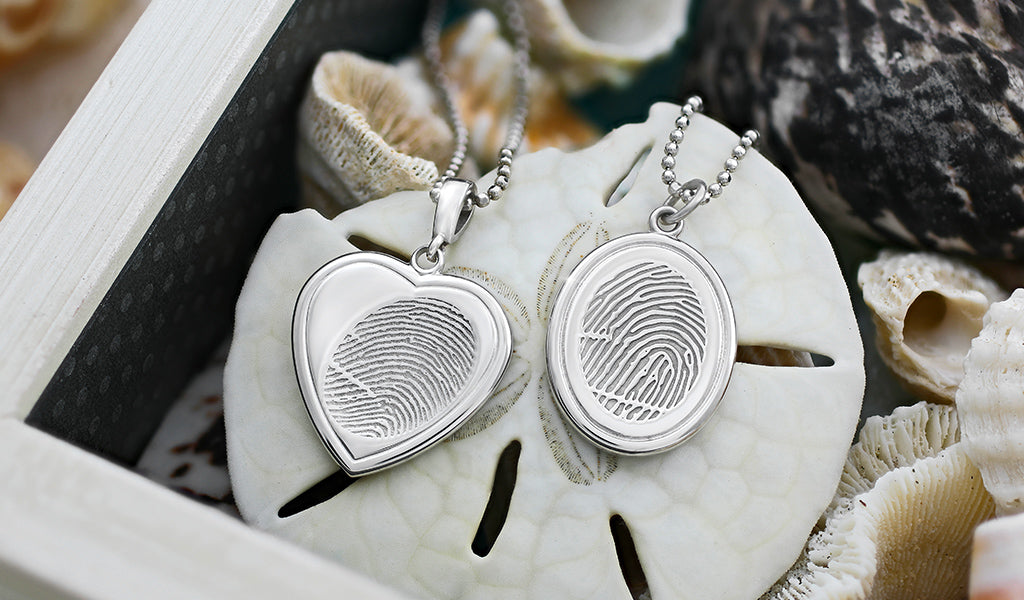4 Fingerprint Facts

We all have them – but how much do you know about them? Fingerprints are a one-of-a-kind feature that help differentiate one person from another. The bumpy ridges on the pads of each finger, prints are established before a person is born and remain a part of them for the rest of their lives.
Four facts that make fingerprints fascinating include:
No Two are Exactly the Same
Your fingerprints are uniquely yours and yours alone. Even identical twins who share DNA have different fingerprints, further emphasizing the amazing individuality of each set.
They Can Serve as Your Identity
First used in 1900 to identify people, fingerprints are now widely accepted as a form of identity proof. Whether you are unlocking your phone or entering a guarded building, the unique nature of our fingerprints allows for secure recognition.
There are Three Main Types
While it is true that no two fingerprints are exactly alike, there are three main types of print patterns: Loops, Whorls, and Arches. Loops are most commonly seen, while Arches are the rarest.

They Age with Us
The core patterns of ridges remain constant over time, however, the clarity, definition, and individuality of fingerprints change slightly. From the compact, not yet fully developed prints of an infant to the faint ridges of the elderly, our fingerprints reflect our own life stages.
Durable and useful, fingerprints are a major part of our anatomy. Along with telling the story of a person as they age, prints help emphasize the uniqueness of individuals, while being a useful tool for organizations and technology. Yielding incredible information and power, our small fingerprints are full of tremendous meaning.

